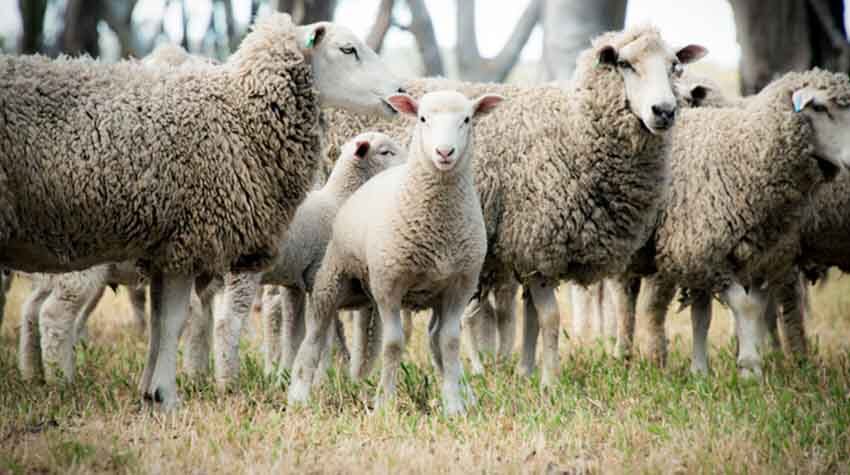
September 25, 2025Publications, staff newsProfessor Kristen Stilt and Macarena Montes Franceschini publish new article on animal rights and rights of nature
Professor Kristen Stilt and Macarena Montes Franceschini argue that animal rights and rights of nature can and should find synergistic connections to tackle some of the most significant planetary threats today, notably, industrial animal agriculture.
Kristen Stilt, Professor of Law and Faculty Director of the Program on Law and Society in the Muslim World, jointly with Macarena Montes Franceschini, published a new article in the Stanford Environmental Law Journal entitled “Naturalized Rights of Animals, Animalized Rights of Nature.” In the article, the authors argue that animal rights and rights of nature can and should find synergistic connections to tackle some of the most significant planetary threats today, notably, industrial animal agriculture.
Until a landmark 2022 decision of the Constitutional Court of Ecuador, no court or legislation had concluded that animal rights could exist within rights of nature, and scholarship on rights of nature and animal rights has mostly ignored each other. Tackling industrial animal agriculture fits both movements’ goals as this industry is a major driver of climate change, deforestation, land and water use, and soil erosion, and is responsible for the suffering of billions of animals. However, the animal rights movement has not developed a significant practical strategy or achieved substantial success against industrial animal agriculture, and the rights of nature movement has taken on many issues adjacent to industrial animal agriculture but not the key issues themselves. In the article, Montes and Stilt examine each movement, identify its history, aims, past practices, strengths, advantages, weaknesses, and disadvantages, and piece together a path forward that is inspired by the Ecuadorian decision and draws upon the strengths of each movement. The authors propose an approach that can produce an effect greater than the sum of the parts and call the movements together to advance this strategic approach.
Click here to access the full text of the article.